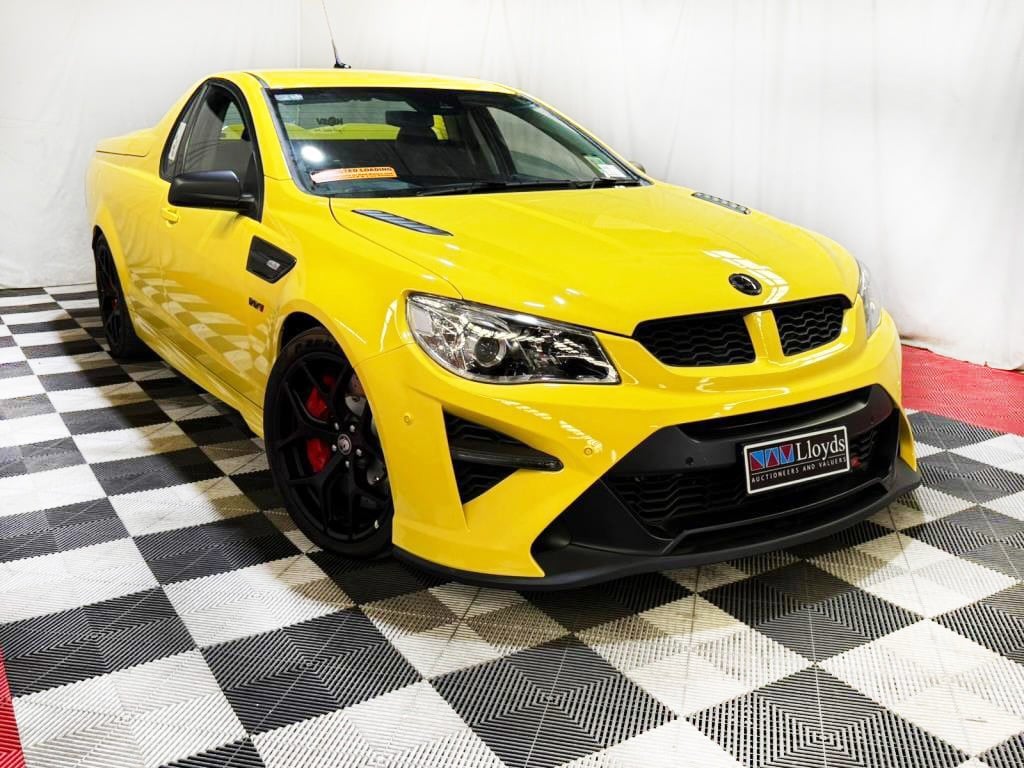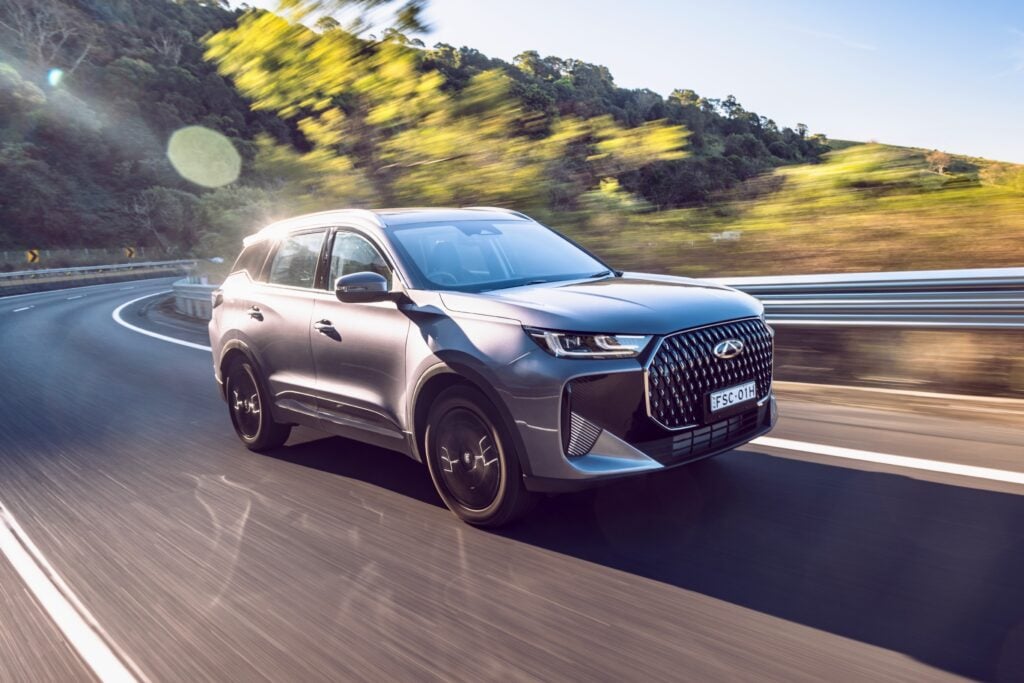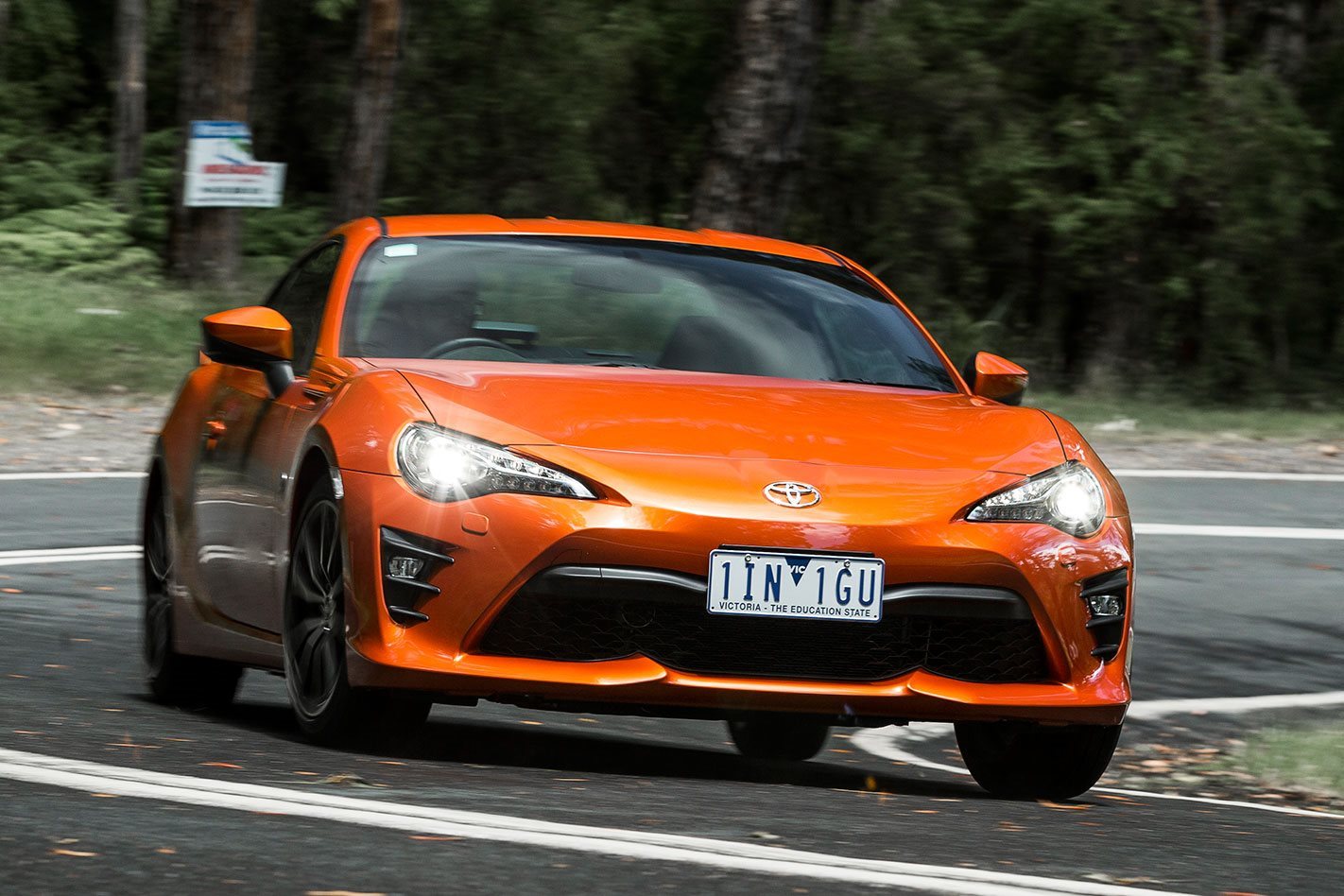
When the Toyota 86 launched in 2012, many angels got their wings, the sun shone a little brighter and the birds sang a little louder.
In a car market bereft of decent, affordable sports cars, the 86 was an absolute revelation.
However, the sun may be setting on the 86 – and it’s actually not that much of a surprise.
There are various unconfirmed reports on the net this week that Toyota may announce its intentions about the 86 as early as next month. When we contacted Toyota Australia about the future of the car, the company said that there were no plans to discontinue the 86. “It’s an important car for us,” a spokesperson told us.
However, the tone at Subaru Australia was a little different, with an insider telling WhichCar that while it’ll sell the BRZ – the twin brother of the 86 from the same factory – for the “foreseeable future”, there was “no visibility around next-generation developments”.
For a car that’s seven years into its life cycle, and in an industry that works five years ahead, this is a pretty telling statement.
For interest, Toyota sold 957 86s last year and Subaru moved 588 BRZs. Ford, by way of comparison, sold 6400-odd two-door Mustangs.
The 86 project started in the latter part of the 2000s, and it flew in the face of many conventions, not least within the walls of Toyota itself. At its heart, the world’s biggest car company is inherently conservative, and every product is measured against a barometer of profitability and longevity – how little can it be built for, and how many years can it be eked out without changing it.
The Toyota Way, too, is a factor. The internal culture of Toyota dictates that everything is decided by committee before another committee decides it needs to go to another committee to have it signed off. Steering feel algorithms and slow-speed rebound rates get lost in spreadsheets and planning documents, which can lead to profitable, capable but ultimately uninspiring cars.
Enter Akio Toyoda. The grandson of Toyota founder Kiichiro Toyoda, and the president of Toyota since 2009, Toyoda is a car guy through and through. He understands steering feel and rebound rates… and he wanted to change Toyota’s focus on competent but unengaging cars.
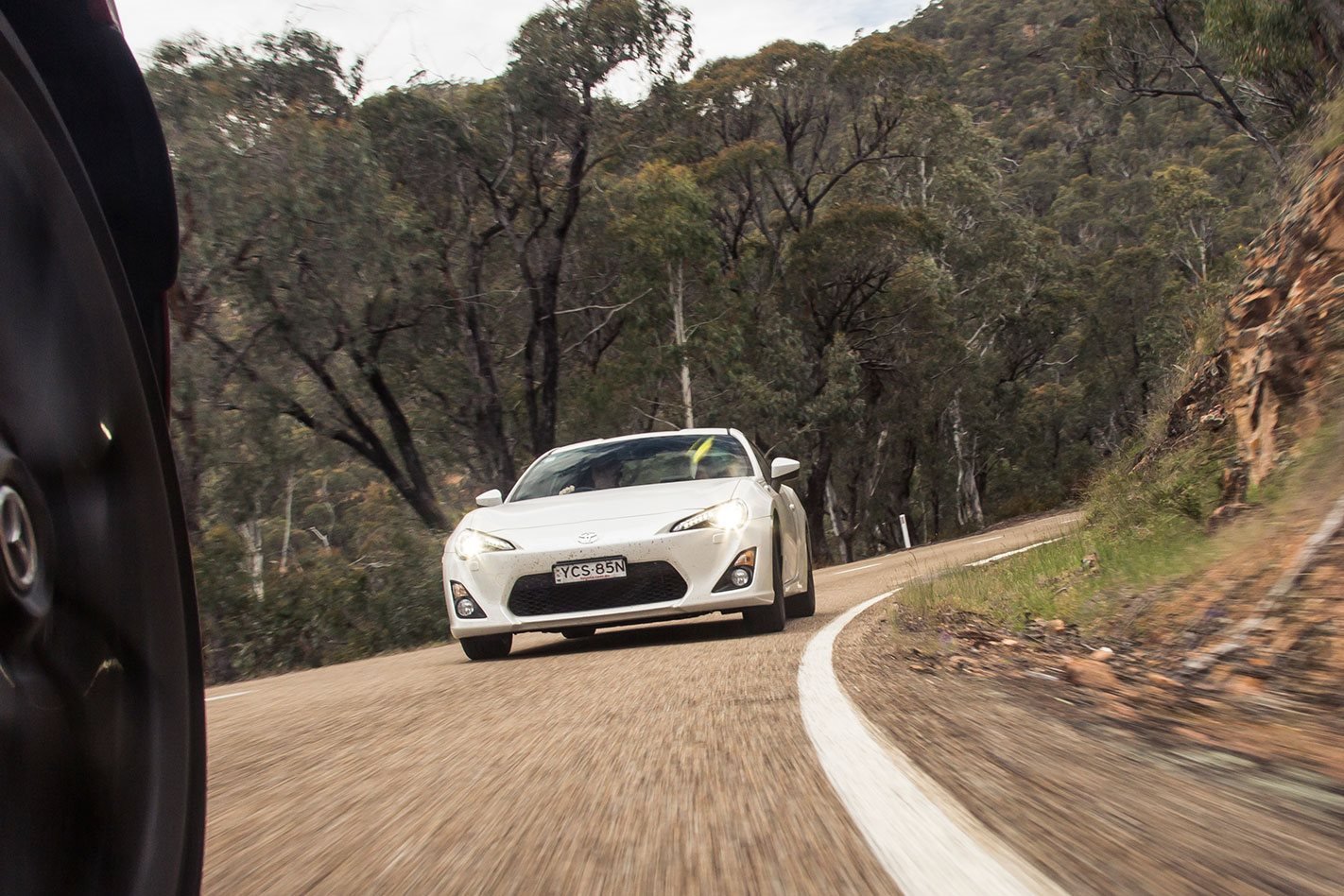
Despite his seniority, this didn’t come easily. The Toyota Way is deeply ingrained, and there is no better example of this than the collaboration between Toyota and Subaru – a company it partly owns – over plans to build an affordable, rear wheel drive sports car.
Over several years, arguments raged between the two about how the project would proceed. The 86 uses a Subaru engine block, for example, while Toyota supplies the variable valve timing system for the top of the engine. This issue alone almost saw the project canned before it could even get off the ground because Toyota engineers were bitterly opposed to sharing this key technology.
Finally, the kinks were uneasily ironed out, and the 86/BRZ rolled down its own bespoke production line in 2012 – but Toyota would have six month’s grace to sell the 86 under its badge before Subaru could start. Even then, just one in five cars off the line could be built as a Subaru.
The car was well received worldwide, with more than 50,000 sold in the first year, but sales – as is the case with most sports cars – have tapered off.
A key moment in the 86’s timeline was the axing of plans to produce a convertible version, which came as a surprise to industry pundits. It would have been logical to create the 86 from the ground up with the potential to lose its lid – and thereby giving it the opportunity to invigorate sales with fresh drop-top appeal. Toyota had also lacked any sort of affordable cabriolet in its line-up since the MR2 of the early 2000s, so a topless 86 would have been well received.
Fast forward to 2019, and the 86 is essentially the same car that it was in 2012. Same engine, same gearbox, same interior. Sure, there were a few body structure changes in 2016, but the 86 hasn’t progressed. At all.
In the meantime, Akio Toyoda pushed the company to develop another sports car, the reborn Supra. Again, the gestation of the car dragged out for the better part of a decade, and the decision to essentially outsource the car – a BMW Z4 to all intents and purposes – to a third-party manufacturer in Austria gives you an idea of where sports cars figure in the Toyota Way.
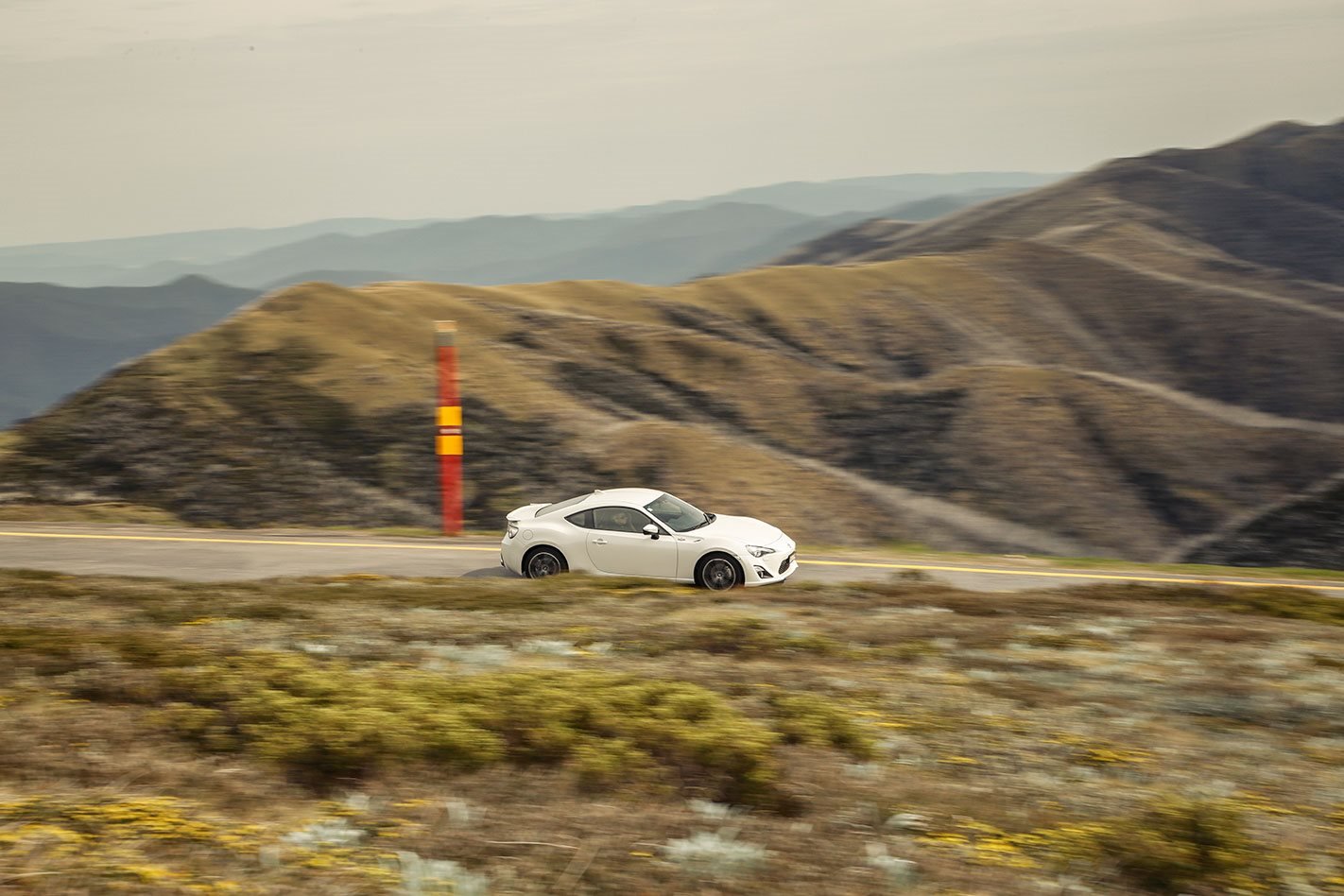
As well, the news that the Supra will be eventually offered with a four-cylinder engine is a key factor to the 86’s future. Pricing and specs for the Supra are a way off yet, but we can surmise that a six-cylinder Supra will cost about twice as much as an 86, so there’s a sound reason to keep both running side-by-side.
However, if Toyota can produce a cheaper Supra at a higher volume, the cost difference could shrink markedly – and then there’s the matter of buying a seven-year-old design over a brand new car.
However the future of the 86 and its BRZ plays out, the car has already etched a place in motoring folklore. It’s a hit with young and old enthusiasts alike, and if it is axed, it’ll become an instant motoring icon. Only time will tell what will happen with the 86, but we reckon we’ll hear more at the Geneva Motor Show in a couple of months.


